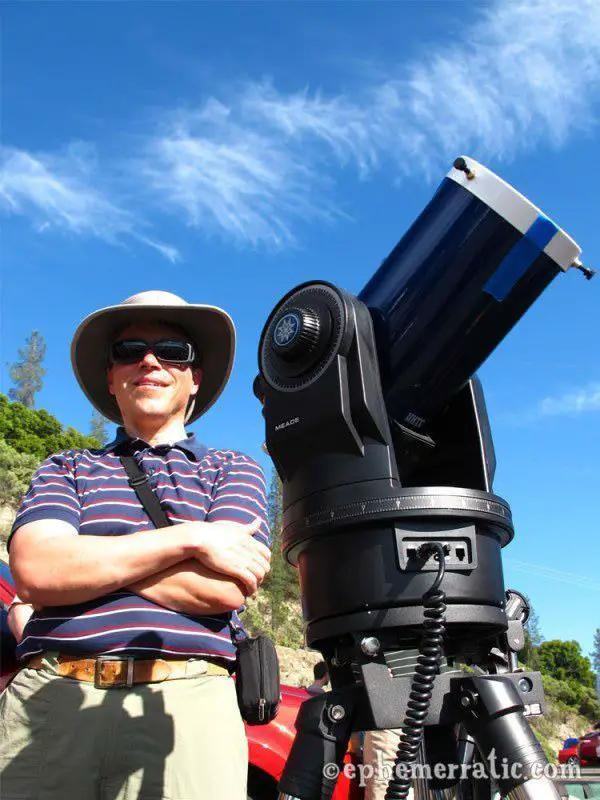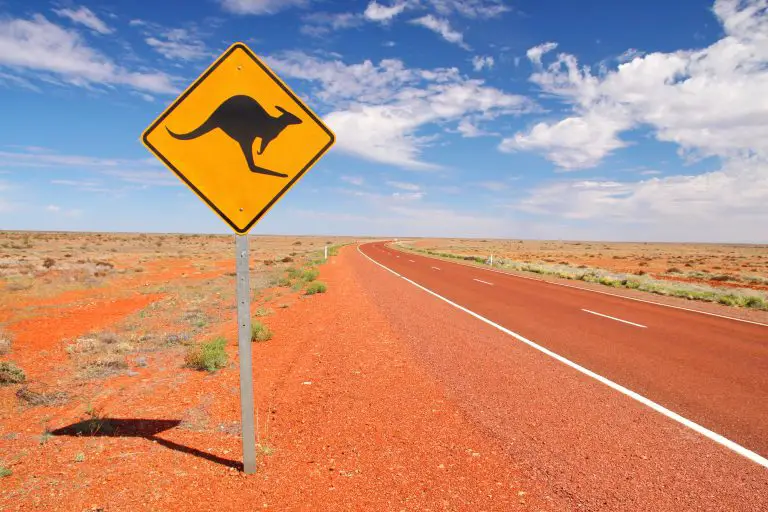Ring of fire: How to chase a solar eclipse
When I decided to chase my first solar eclipse, I thought all I’d need was to plop myself in the path of the shadow. Perhaps with a glass of wine and some cheese to enjoy while I watched the heavens dance. Sounds simple, right?
Well, it’s not as easy as that, but having just experienced my first solar eclipse, I can swear that it’s entirely worth the chase.
Just days ago, I watched the annular eclipse, also known as a “Ring of Fire.” In this type of eclipse, as the moon passes between the sun and the earth, the smaller black circle of moon is bounded by a slim shining ring of the larger sun. The light all around dims but the sky retains a surreal twilight blue radiance.
The ultimate of all eclipses, and one I have yet to experience, is a total eclipse (…of the heart, you know you were thinking it), where the moon covers the sun completely. This is when the stars come out during the day and a shimmering corona surrounds the obscured sun.
Many people plan far in advance to chase the next solar eclipse, whether it’s in a place that’s easy to reach or somewhere that’s quite the schlep. You might not need to spend months getting ready, you do need to do some planning to get the most out of your solar eclipse chase.
How to find out when and where to travel
You don’t chase an eclipse to see just a little bit of moon pass in front of the sun. Oh no. You chase to be in the central line, where you can watch the moon and sun glide into perfect alignment.
The central line is long, tracing thousands of miles across Earth’s surface. But it is also narrow — just 100 miles or so wide. Plus, the earth is covered by a seriously pesky amount of water and inhospitable land.

NASA has a stunning amount of information on upcoming eclipses. It can be a bit technical though, so you may want to start your learning at MrEclipse.com (I kid you not), which summarizes the upcoming solar eclipses and has accessible newbie information. If you’re lucky enough to be in far northern Australia, or manage to score yourself a spot on a sold-out eclipse cruise, the next total solar eclipse is on November 13, 2012.
Experienced travelers know that not all destinations are created equal. It’s tricky to find a spot where the center line of an eclipse will make landfall that is also an interesting place to visit in its own right.
Take, for example, the August 21, 2017 total solar eclipse. It will streak all the way across the United States, through Grand Teton National Park and later, Nashville, Tennessee — both places well worth a journey. But the 2017 eclipse also hits no man’s lands like Murphysboro, Illinois and Hopkinsville, Kentucky, so choose carefully.
How to find a clear sky
You want a destination on the center line that, ideally, is more likely than not to have clear skies at that time of year. If you don’t have a friend who is a meteorologist for the National Weather Service, like I do, you can easily access and use the same weather data he uses to predict cloud coverage.

For solar eclipse chasing in the United States, meteorologist Joe Pollina recommends weather.gov. Enter your location in the search box and you’ll get short-term forecasts. Dig deeper and you can hunt down historical weather data for the time of year you’re planning to go.
Outside the US, many countries have their own weather service, which typically has the most accurate weather information. Simply Google the country you’re headed to and “weather service.” Or check out The Weather Channel, which has global weather information of varying detail and quality.
How to make sure the eclipse isn’t the last thing you see
There was no worse moment than when I realized that I had planned everything for my annular eclipse chase except for actually looking at the sun without blinding myself. I had a hard time tracking down what I needed at the last minute, so order your equipment in advance.

If you’re making the effort to chase an eclipse, at the least, pick up a pair of entirely unfashionable but handy eclipse glasses or use welder’s glass #14 — leave the pinhole projectors for the kiddies. Once a total eclipse has entered the totality phase, you can safely view it with your unshielded eyes — but don’t try that with an annular eclipse unless you want an Eye of Sauron burned onto your retinas.
If you choose an eclipse viewing location that’s popular with amateur astronomers, they’ll probably have properly filtered telescopes and binoculars. It’s a nerdy, enthusiastic, and remarkably generous scene. For the recent annular eclipse, I got to see solar flares and sunspots in magnificent magnification.

How to take photos of the eclipse
You’ll have just minutes to capture a photo of the total phase of a solar eclipse — and you’ll also want to use those same few minutes to watch it. So, set up and test your camera before the show starts so you don’t spend your few totality minutes fiddling with camera settings.
I won’t make recommendations here about equipment or settings, as there are a lot of detailed guides on how to photograph an eclipse. Besides, what you need depends on the camera you have — which is bound to improve by the time the next eclipse flares through the sky.






I had never thought about protecting your eyes when going to look at eclipses… Sounds dumb, but there you go!
Great advice, Lauren @ephemerratic – good to have you on Indie Travel Podcast!
I feel like they taught me that in elementary school but clearly the lesson hadn’t sunk in completely.
And, thanks Craig & Linda, it’s a treat to be here.
Just remember that it takes about an hour for an eclipse to come to totality, so pack your picnic baskets accordingly! Kudos to Lauren, nothing like enjoying a celestial event with wine, some nice cheeses and and excellent loaf of bread.
Yeah, gotta remember never to look directly at the sun. The guy in the pic had some super-fancy filters on his camera that allowed for some spectacular viewing!
Filter everything for sure! Eyeballs, cameras, binoculars, and telescopes.
And cheese is all important.
I never heard of ring of fire in this context. Ring of fire is normally the name used for the instable area around the Pacific Ocean.
That’s the more common use of the term for sure. And, if you’re Johhny Cash, “Ring of Fire” had an entirely different meaning: a hot cycle of love!
And if you eat too many chillies…